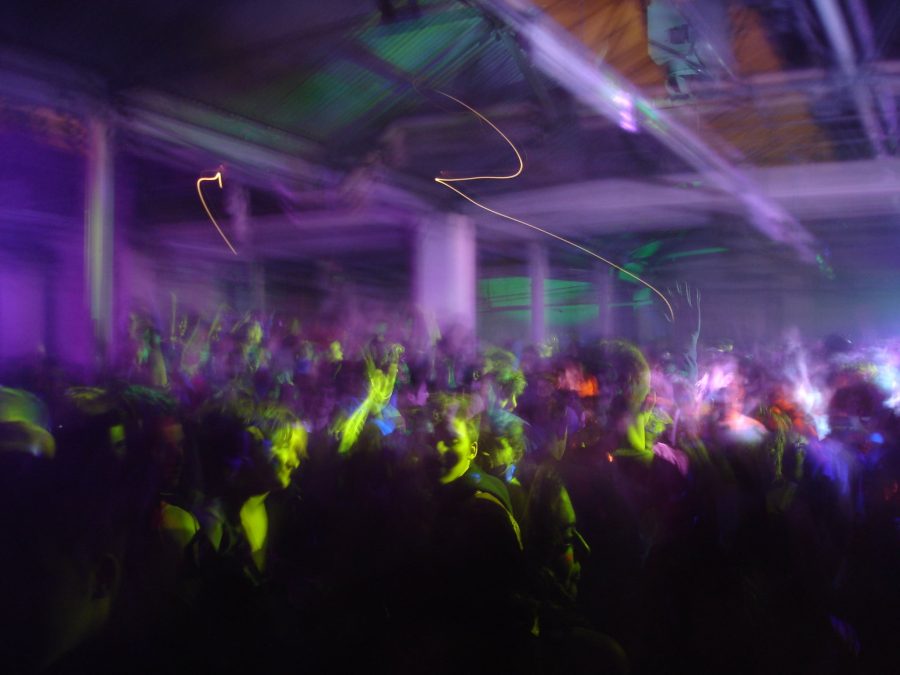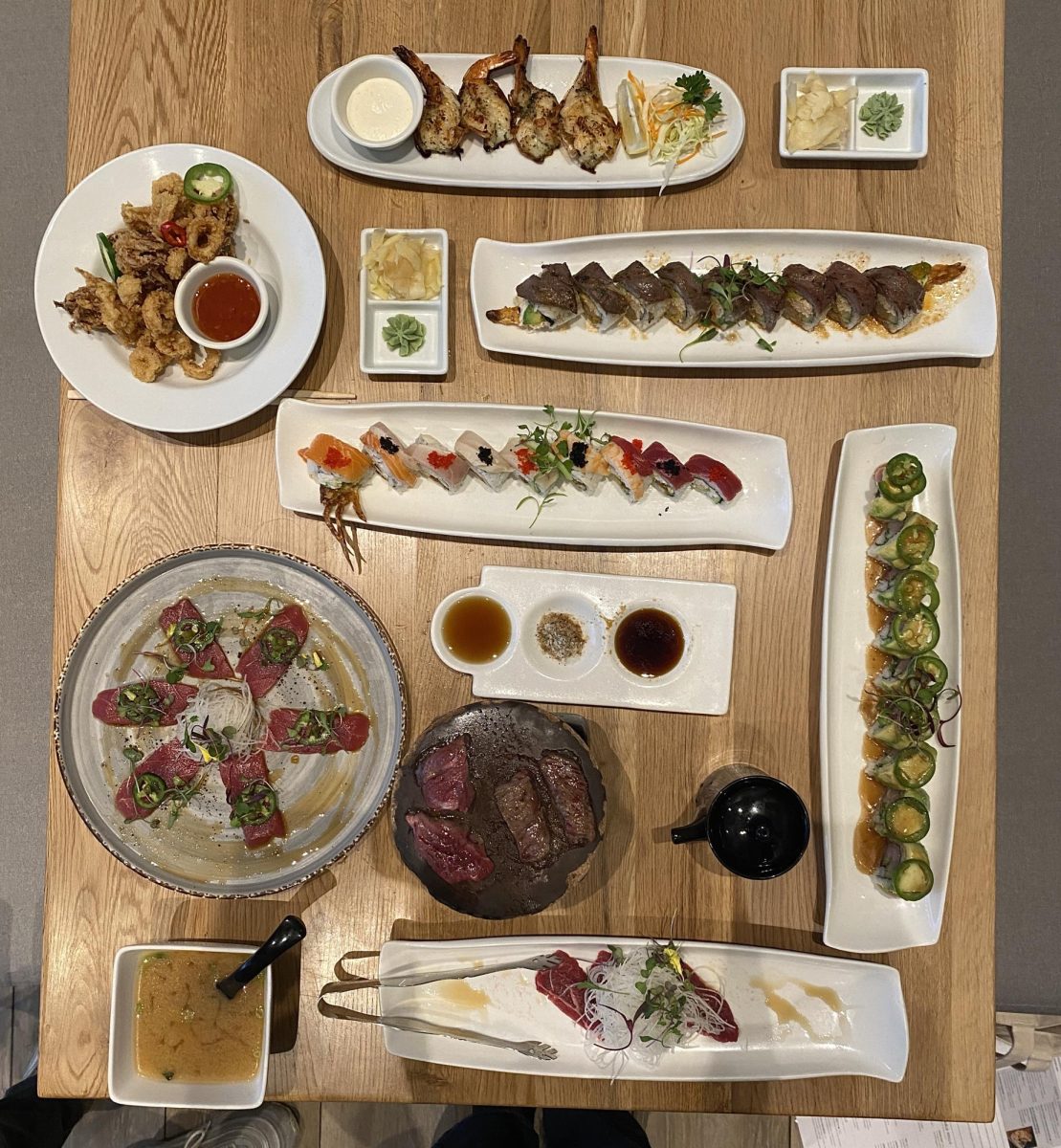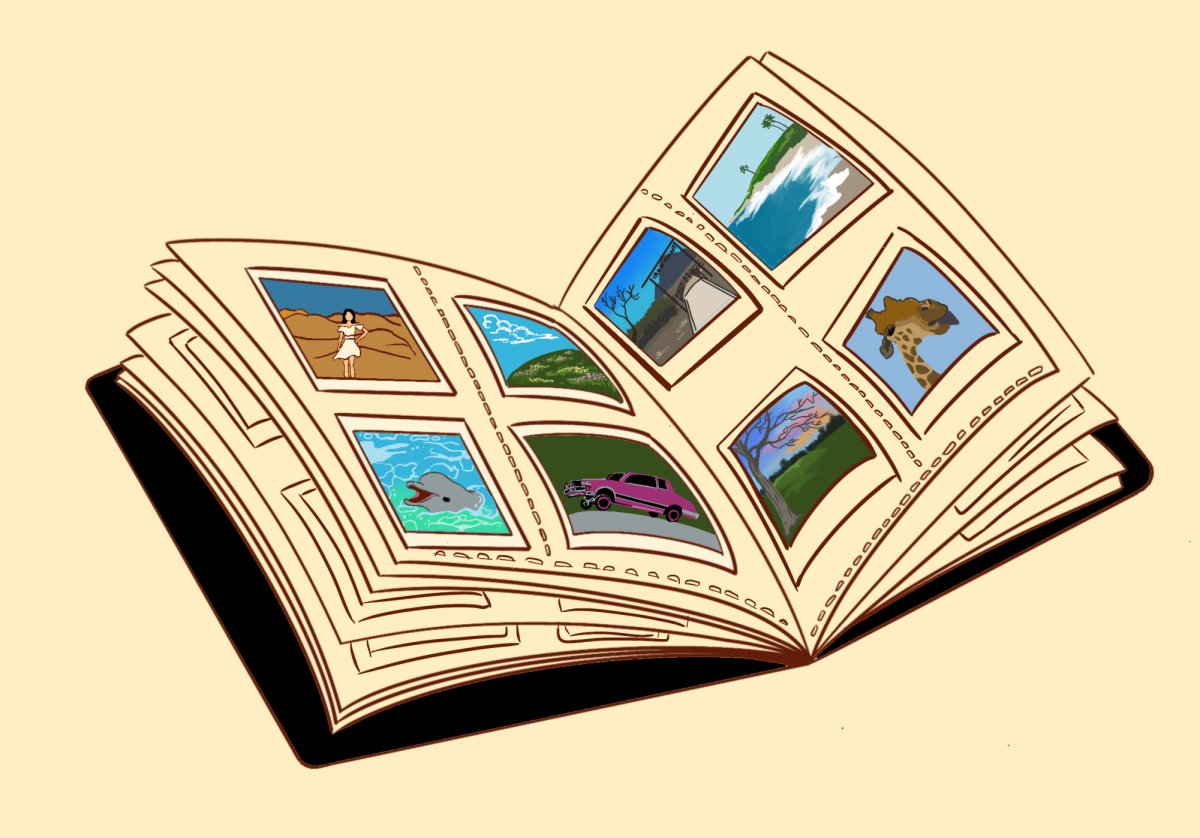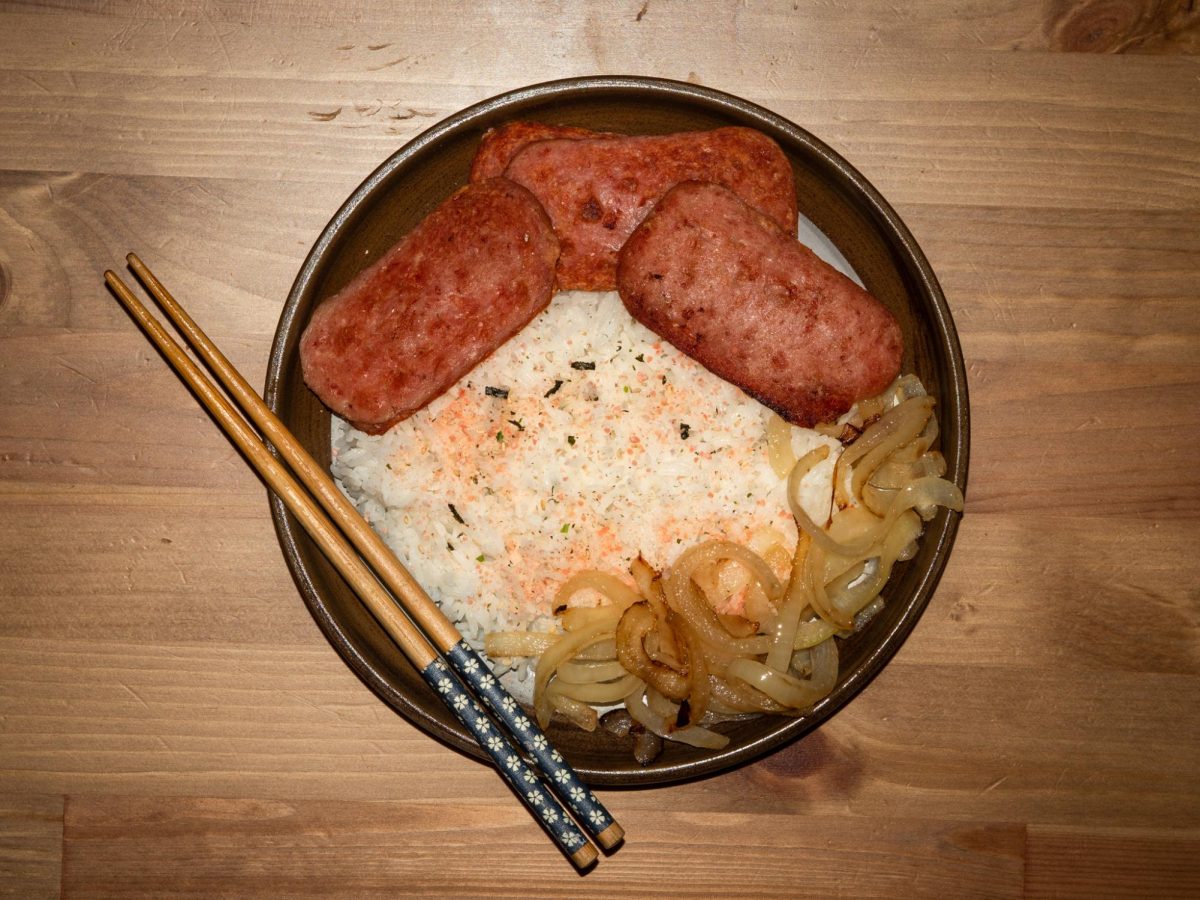When your roommate has been talking about their latest rave with inexhaustible enthusiasm for the past month, but your mother keeps reminding you that those girls died at the Pomona Fairplex festival last year, deciding whether you would like to save up for a weekend of EDM, fluorescent lights and dehydration can be a puzzling task. The Guardian talked to a rave aficionado, a student DJ and a rave-skeptic to estimate raves’ strength, weaknesses, opportunities and threats.
Rave Enthusiast: Diana Wu Wong
— Olga Golubkova//Lifestyle Co-Editor
Guardian: What was the first rave or music festival you have ever attended?
Diana: The first festival I have attended was Coachella. To me, it was a truly magical place, because all people came to the desert with the same goal — to enjoy company, music and dancing. Everyone seemed truly happy, which created a strong feeling of community. At Coachella, you can meet new people, chill on the grass sipping on beer and just forget about reality for some time — all while listening to some great artists.
G: What got you going to more festivals and raves?
D: I would say it was that special sense of community, as today we live in a society in which it is hard for people to be kind to each other and be unified. Just by walking around the festival, I saw so many people who expressed their culture through dance and outfits they wear and happily shared things about them in numerous conversations. At the majority of festivals and raves, people are very open, friendly and nonjudgmental, but from my experience, it still largely depends on the setting of a festival, music and organizers’ ability to set the right mood. Raves are controversial, because on the one hand, raving culture can bring people together, but on the other hand, not all people who nowadays come to raves really understand this culture. For example, at Hard Summer Festival two women died due to drug abuse. Admittedly, some of them also get violent and forget about common sense rules of safety. So educating ravers is still organizers’ responsibility.
G: Many ravers believe that rave culture rests on the PLUR principle. Do you think this is true?
D: As I said, it is often a form of idealization of rave culture. However, I have definitely seen so-called PLUR in action, especially when somebody needed help because of dehydration and heat strokes. I have seen people being very caring at Hard Summer, but I have also witnessed older people at Life Is Beautiful Festival in Las Vegas judging those who did not feel well, assuming they were not sober. You cannot expect the same level of support at all festivals, especially when it comes to newly established events.
G: Is sober raving possible?
D: Kaskade, one of the most famous people in EDM today, is a sober DJ who has been long advocating for drug-free raving. Many of my friends have also avoided taking drugs at raves, as they come to festivals to simply enjoy music. So it is possible to have fun at a rave without drugs, but since they enhance many people’s perception of music and feeling of unity with other attendees, I don’t think rave culture, as a whole, will ever become drug-free.
G: Do you have any thoughts on how to make raves safer?
D: Turning raves into a safer environment is a complicated process, because they are not widely accepted across all groups of people. Since the majority of dangerous cases are caused by alcohol and drug abuse, many members of society prefer to condemn those who end up abusing the substances, instead of educating ravers about drug safety. Luckily, there are online resources, including Youtube videos, blogs and forums that allow festival attendants to do their own research on drugs that have always been a part of raving experience. Ravers willingly share their advice, because they want to help others enjoy their time at raves and festivals as much as they themselves do.
We will never exterminate festival culture that has its roots in ancient traditions and rituals, so acceptance is the key to safety and fun raving experience.
DJ: Habib Sabbagh
— Brittney Lu//Lifestyle Co-Editor
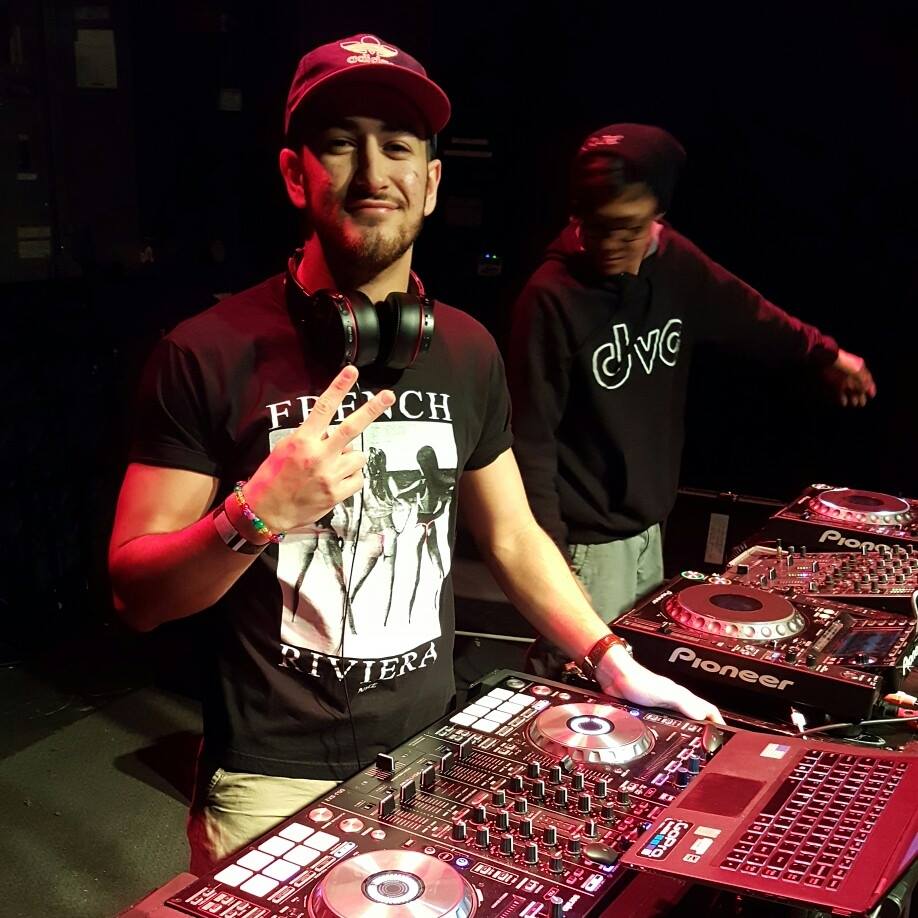
Guardian: Being extremely isolated from the rest of the crowd, how does the DJ’s experience differ from the audience’s?
Habib Sabbagh: The experience is different in a number of ways. Firstly, the DJ has to hold the responsibility to be accountable for his performance, with preparations including having a set list prepared, being adept in playing a variety of genres, understanding his audience and venue, being able to adapt to the audience’s mood, as well as having the skills to proficiently manage and utilize the equipment. Secondly, these obligations of the DJ go beyond the concert setting — a DJ spends many hours discovering new music, organizing the music into playlists and rehearsing sets to reproduce live, all behind the scenes in their own time. So the final product that the audience experiences on stage, similar to any other live show the audience might see, is well rehearsed and planned, but is just as organic due to the live nature of the performance.
G: Given these responsibilities then, do you have a preference as to being a DJ or part of the audience?
HS: Honestly, I enjoy both sides of the spectrum, but for different reasons. I enjoy being an audience member because I experience what I would like to see in the DJ, as well as the fact that I love music! However, I also enjoy being a DJ because I then have the opportunity to actualize what I’ve learned as part of being an audience member. Being a DJ is wonderful in my eyes because I get to express my own musical and performance interests on stage in front of other people, as well as establish a brand for myself and put myself out there.
Anonymous Skeptic
— Maria Manalang//Lifestyle Staff Writer
Guardian: When you think of raves, what comes to mind? Why are they something you’re not into?
Anonymous: When I think of the word “rave,” I think clubbing with glow sticks and some weed in the mix, maybe. Or maybe pills. Who knows. I don’t go to raves. Much for the same reasons I don’t like going to clubs, I don’t feel like raving is my cup of tea either — both don’t fit into my social comfort zone (or my physical one, either). Honestly though, the strobe lights, the grinding, the glow sticks, etc… They’re just not my scene. Of course, I could be completely wrong; I’ve never been to a rave. But from what I’ve heard from friends, I’d probably just be standing in a corner drinking orange juice because I can’t dance, a small person like me would probably get smothered in the human sweat pile on the dance floor and I don’t like hanging out with people who are intoxicated and/or high.
G: What about the “Don’t knock it till you try it (or Google it)” philosophy?
A: So I Googled it and… no. I mean, I’ve probably thought about trying it out once but… Not only would I feel so out-of-place, but it just seems… weird. I don’t feel at-home with alcohol, drugs and people who frequently consume alcohol and drugs. Not to mention the “cute rave outfits” seem to only be in size “thin, average-height white girl.” All in all, like I said before: not my scene. Will probably never be my scene. I’m only comfortable with intense rainbow-colored flashes of light in my anime, sorry!


